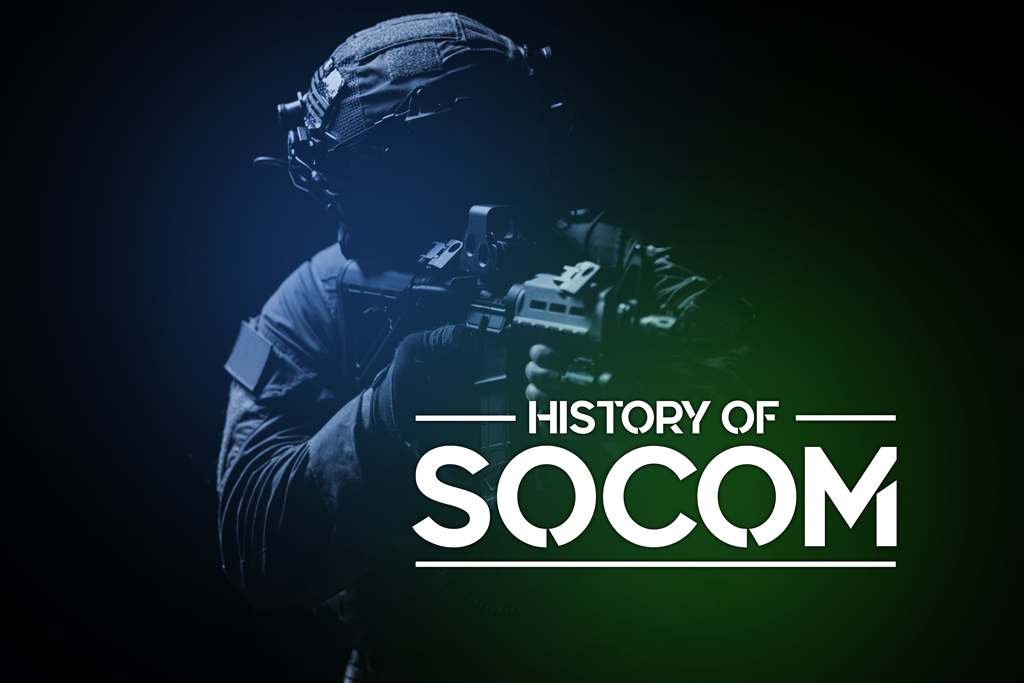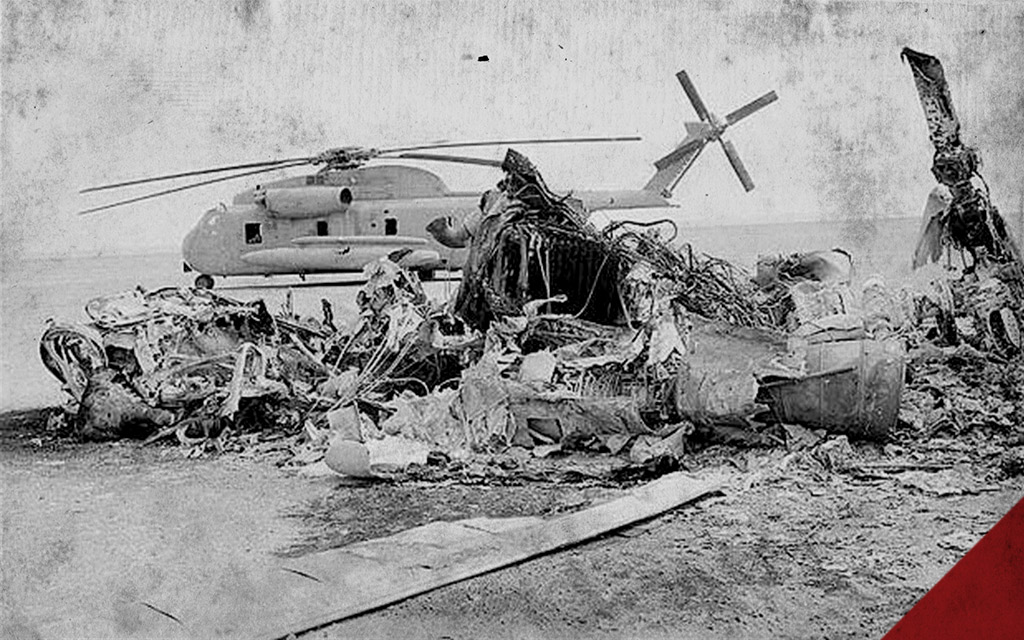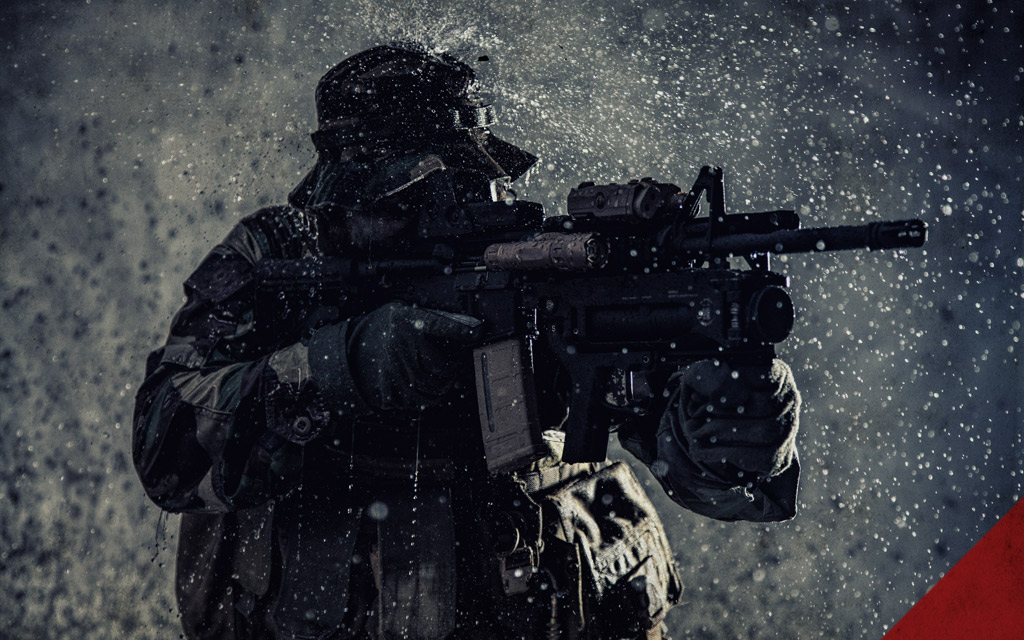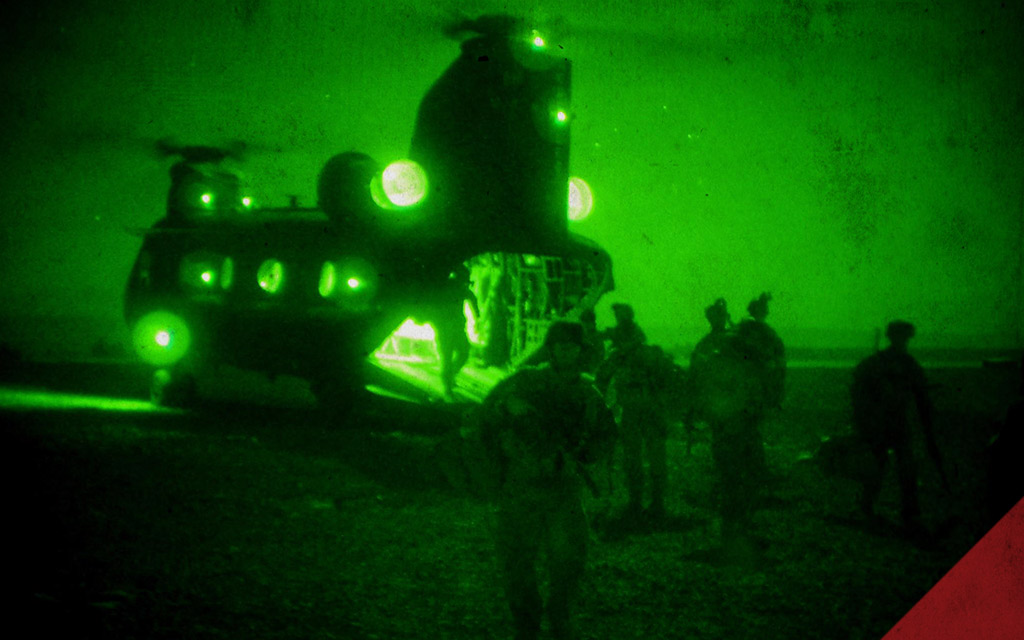

Operation Eagle Claw was a daring rescue mission conducted by the United States in 1980 in response to the Iran hostage crisis. Orchestrated by President Jimmy Carter’s administration, the operation sought to rescue 52 American diplomats and citizens who had been held captive at the U.S. Embassy in Tehran since November 4, 1979.
The operation, which took place on the night of April 24, involved a complex plan that integrated elements of the U.S. military’s various service branches. Unfortunately, the mission failed, resulting in the death of eight American service members. This event led to significant changes within the U.S. military and had far-reaching political implications.
Eagle Claw’s Failure Leads To SOCOM’s Creation

RH-53D Sea Stallion helicopter wreckage from the failed Operation Eagle Claw in 1980.
Operation Eagle Claw was a massive blow to America’s military prestige and a turning point in its special operations policy. The mission’s failure to rescue American hostages from the US embassy in Tehran was primarily due to a lack of coordination and interoperability among the different military branches involved.
This tragedy led directly to the United States Special Operations Command (SOCOM) formation in 1987 under President Ronald Reagan’s administration. The primary goal of SOCOM was to ensure that such a lack of cohesion and communication didn’t occur in future operations. It brought together special forces from different service branches under a unified command, fostering enhanced cooperation, joint training, and, ultimately, more efficient and effective special operations.
What Are The Core Operations Of SOCOM?
The United States Special Operations Command (SOCOM) has several core operations and activities, including but not limited to:
- Direct Action: These missions involve short-duration strikes and other small-scale offensive actions conducted in hostile, denied, or politically sensitive environments.
- Special Reconnaissance: Includes acquiring information about an enemy’s capabilities, intentions, and activities.
- Unconventional Warfare: Encompasses activities to enable a resistance movement or insurgency against an occupying power.
- Foreign Internal Defense: These operations provide training and other assistance to foreign governments to enable them to provide for their defense.
- Civil Affairs Operations: Specially trained military forces conduct these operations to maintain and influence established relations between the military and civilian authorities.
- Psychological Operations: Planned operations that convey specific information to foreign audiences to influence their reasoning, motives, emotions, and, ultimately, the behavior of foreign governments, organizations, groups, and individuals.
- Counterterrorism: Activities and operations to neutralize terrorists and their networks.
- Humanitarian Assistance: Providing aid to disaster-stricken regions.
- Disaster Relief: Responding to natural or artificial disasters to provide immediate relief.
- Search and Rescue: This operation involves locating and recovering personnel from hostile or inaccessible areas.
The History Of SOCOM
The Reagan administration established the US Special Operations Command (SOCOM) in 1987. This occurred after the failure of Operation Eagle Claw in 1980. That debacle highlighted the need for a more integrated approach to special operations. The Department of Defense Reorganization Act of 1986 was instrumental in creating SOCOM, ensuring the readiness of joint special operations forces, and conducting operations worldwide.
Significant challenges, including resource constraints and skepticism from conventional forces and defense analysts, marked SOCOM’s early years. However, its importance was underscored during Panama and the Persian Gulf operations, leading to an increased budget, personnel, and responsibilities. Post 9/11, SOCOM took on a more central role in the global counter-terrorism strategy, significantly expanding its staffing, resources, and operational scope.
Today, SOCOM is a unified combatant command that oversees various special operations component commands from the Army, Air Force, Navy, and Marine Corps. It adapt to the evolving security environment, focusing on counter-terrorism and countering weapons of mass destruction, information and influence operations, and competition from “near-peer adversaries.”
What Role Does Each Service Branch Play In SOCOM?
The United States Special Operations Command (SOCOM) comprises various service branches, each fulfilling unique and critical roles.
- U.S. Army Special Operations Command (USASOC): The Army’s segment of SOCOM specializes in various missions, including unconventional warfare, special reconnaissance, direct action, and counter-terrorism.
- Naval Special Warfare Command (NSWC): This branch, best known for the Navy SEALs, carries out sea, air, and land operations. Missions typically involve unconventional warfare, direct actions, counter-terrorism, and special reconnaissance.
- Air Force Special Operations Command (AFSOC): AFSOC provides air support for special operations. This includes airlift and aerial refueling, intelligence, surveillance, reconnaissance, and close air support for ground troops.
- Marine Forces Special Operations Command (MARSOC): MARSOC conducts direct action, surveillance, and foreign internal defense missions. They often operate in small teams in hostile or denied areas.
What are Several of SOCOM’s Noteworthy Operations?

Osama Bin Laden’s compound was raided by SEAL Team Six during the Operation Neptune Spear mission.
- Operation Neptune Spear (2011): This operation led to the death of Osama Bin Laden, who masterminded the 9/11 attacks on the United States. Navy SEAL Team Six carried out the operation in Abbottabad, Pakistan.
- Operation Red Wings (2005): A counter-insurgent mission in Afghanistan involving Navy SEALs. This operation was tragically notable due to the loss of 19 Special Operations soldiers.
- Operation Gothic Serpent (1993): This operation in Somalia became the basis for the book and movie Black Hawk Down. The Army’s Delta Force and the 75th Ranger Regiment primarily carried out this op.
- Operation Urgent Fury (1983): The invasion of Grenada was the first major operation conducted by SOCOM. The Army, Navy, and Air Force participated in this mission to rescue American students and restore democracy on the island.
- Operation Enduring Freedom (2001-2014): SOCOM played a significant role in this operation. Its goal: dismantling the Al-Qaeda terrorist organization and ending its use of Afghanistan as a base.
- Operation Earnest Will (1987-1988) was a military operation SOCOM undertook during the Iran-Iraq War. The primary objective: to escort re-flagged Kuwaiti oil tankers through the Persian Gulf, protecting them from potential Iranian aggression. The operation was part of the US’s broader strategy to ensure oil flow from the Middle East. This mission highlighted the critical importance of the Persian Gulf in global energy security.
SOCOM Weapons
SOCOM-related weapons include a wide array of firearms and other weaponry used by U.S. Special Operations forces. These weapons vary from mission to mission and often include options exclusive to SOCOM. Below are some notable examples:
- MK18 Battle Rifle
- M110/K1 Sniper Rifle
- MK 46/48 Machine Gun
- Remington 870 MCS Shotgun
- Sig Sauer M18 Handgun
- M320 Grenade Launcher
SOCOM: An Elite Legacy

Special Operations Command or SOCOM is a Unified Command that oversees Special Operations Forces from the Army, Air Force, Navy, and Marine Corps.
The Special Operations Command (SOCOM) continues to set high standards for military excellence, integrity, and strategic prowess. Its commitment to protecting national interests and ensuring global security is unparalleled. SOCOM blends advanced technology, cutting-edge training, and an unwavering commitment to mission success. It stands as a testament to the power of focused military strategy in the face of complex global challenges.


